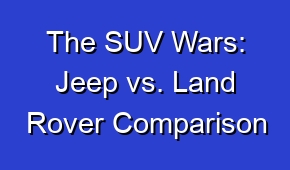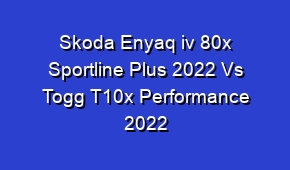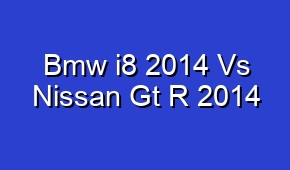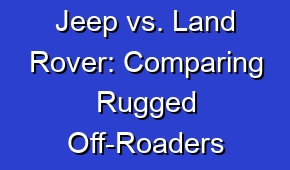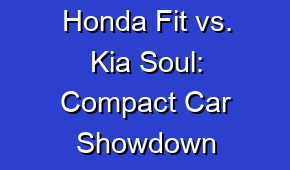Lamborghini Urus 2019 Vs Bugatti Veyron 16 4

Compare the Lamborghini Urus 2019 and the Bugatti Veyron 16 4 in this head-to-head showdown. Discover the key differences and similarities between these two iconic supercars. Find out which one comes out on top in terms of performance, design, and overall driving experience.
| Feature | Lamborghini Urus 2019 | Bugatti Veyron 16.4 |
|---|---|---|
| Engine | 4.0L V8 | 8.0L W16 |
| Horsepower | 641 hp | 1001 hp |
| Top Speed | 190 mph (305 km/h) | 253 mph (407 km/h) |
| Acceleration (0-60 mph) | 3.6 seconds | 2.5 seconds |
| Transmission | 8-speed automatic | 7-speed dual-clutch |
| Drive Type | AWD | AWD |
| Seats | 5 | 2 |
| Fuel Economy | 14 mpg (city), 17 mpg (highway) | 8 mpg (city), 15 mpg (highway) |
| Weight | 4,850 lbs (2,200 kg) | 4,387 lbs (1,990 kg) |
| Length | 201.3 in (5112 mm) | 175.7 in (4462 mm) |
| Width | 79.4 in (2017 mm) | 78.7 in (1999 mm) |
| Height | 64.5 in (1638 mm) | 46.9 in (1191 mm) |
| Wheelbase | 118.2 in (3002 mm) | 106.7 in (2710 mm) |
| Price | Not available | Not available |
Engine
The Lamborghini Urus 2019 is equipped with a 4.0L V8 engine, while the Bugatti Veyron 16.4 boasts an 8.0L W16 engine. The Urus offers a powerful and efficient V8, while the Veyron takes it to another level with its massive W16 engine.
Horsepower
The Urus delivers 641 horsepower, whereas the Veyron takes performance to the extreme with a staggering 1001 horsepower. Both vehicles offer exceptional power, but the Veyron stands out with its mind-blowing horsepower figure.
Top Speed
The Urus achieves a top speed of 190 mph (305 km/h), while the Veyron dominates with an impressive 253 mph (407 km/h) top speed. The Veyron’s top speed is truly remarkable, making it one of the fastest production cars ever created.
Acceleration (0-60 mph)
The Urus accelerates from 0 to 60 mph in 3.6 seconds, while the Veyron achieves this feat in a blistering 2.5 seconds. Both vehicles offer exhilarating acceleration, with the Veyron showcasing its exceptional speed capabilities.
Transmission
Both the Urus and Veyron come with advanced transmissions. The Urus features an 8-speed automatic, providing smooth and precise gear shifts. On the other hand, the Veyron is equipped with a 7-speed dual-clutch transmission, ensuring lightning-fast gear changes for optimal performance.
Drive Type
Both the Urus and Veyron come with an all-wheel-drive (AWD) system, enhancing their traction and stability on various road conditions. The AWD system in both vehicles contributes to their exceptional handling and performance capabilities.
Seats
The Urus offers seating for up to five occupants, making it a practical option for those who need additional space. In contrast, the Veyron is designed as a two-seater, prioritizing a more focused and intense driving experience.
Fuel Economy
The Urus has a fuel economy of 14 mpg in the city and 17 mpg on the highway. Comparatively, the Veyron has a lower fuel efficiency with 8 mpg in the city and 15 mpg on the highway. Both vehicles prioritize performance over fuel economy due to their powerful engines.
Weight
The Urus weighs around 4,850 lbs (2,200 kg), while the Veyron is slightly lighter at 4,387 lbs (1,990 kg). The weight of a vehicle can impact its handling and overall performance, with the Veyron benefiting from its lighter weight.
Dimensions
The Urus measures 201.3 inches (5112 mm) in length, 79.4 inches (2017 mm) in width, and 64.5 inches (1638 mm) in height. In comparison, the Veyron is shorter, wider, and lower, measuring 175.7 inches (4462 mm) in length, 78.7 inches (1999 mm) in width, and 46.9 inches (1191 mm) in height. These dimensions contribute to the unique styling and aerodynamics of each vehicle.
Wheelbase
The Urus has a wheelbase of 118.2 inches (3002 mm), providing stability and a comfortable ride. Conversely, the Veyron has a shorter wheelbase of 106.7 inches (2710 mm), emphasizing its agility and dynamic handling characteristics.
Price
Unfortunately, the prices for both the Lamborghini Urus 2019 and Bugatti Veyron 16.4 are not available. Prices for these high-performance vehicles can vary depending on specifications and optional features.







